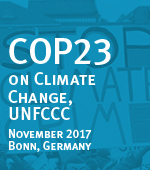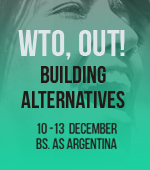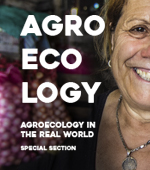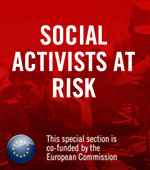English · Español
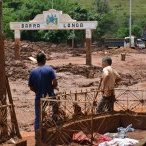
17 November 2015 | Special reports | Resisting neoliberalism | Human rights | Extractive industries
Two dams break in Brazil: “It´s the company´s responsibility” says the MAB
The breaking of two dams in Bento Rodrigues district, in the Center Region of Minas Gerais resulted in the death of at least 17 people, over 50 injured people and a number of people that has not yet been estimated are still missing.
The Fundão and Santarém dams were responsibility of Samarco company, with 50% of shares in the hands of Vale, one of the world´s largest mineral companies. The other half belongs to Australian BHP Billiton.
The disaster, that took place at 4pm, completely destroyed the Bento Rodrigues district that was inhabited by nearly 600 people, in addition to affecting other localities from Barra Longa, Acaiaca and Rio Doce cities.
62 million tons of iron ore waste contaminated with arsenic, lead, mercury among other elements were removed. These chemicals affected Rio do Carmo and continue advancing headed to the ocean.
Members of the Movement of Dam-Affected People (MAB) talked to the people affected who were evicted, approximately 500 people only in Mariana city.
“The company is not reporting on the number of dead, injured or missing people. They stated they weren´t aware of this or that situation and have always provided elusive answers. They don´t even have an official list of people missing”, said Pablo Dias, member of the MAB coordination in Minas Gerais.
In addition to joining the people affected, the movement met with different leaders of Mariana region, including unionists, community leaders, students and environmental activists, where they discussed the situation after the disaster and made joint plans to protect families and ensure their rights.
On November 17 there was a public debate in Belo Horizonte that gathered people affected, government sectors, MPs, unions, social movements and churches to discuss about the responsibilities and what will be the situation of families in Mariana and other cities of the region.
The MAB also demands answers to companies about the future actions in terms of the impacts on Minas Gerais and Espirito Santo cities that are on Rio Doce´s coast, especially those who directly use river water for their livelihoods.
“At the request of the Prosecutor´s Office, the affected families were relocated in hotels but they still don´t have information, they don´t know what will happen to them and how the company and the State will react. Children don´t have any space at the hotels, and parents are worried because they spend time on the streets. Many families are desperate and without information. The company has created a barrier, they don´t send information, they are just saying the names of missing people, but it is not clear what they are saying to families”, said Alex Sandra Maranho, member of the MAB coordination.
As far as the reasons behind the rupture of the dams, the MAB activist said that “there are several hypotheses that the media and us are considering. The Bento Rodrigues population was already afraid this might happen and was mobilizing to know the risks, but the company kept saying everything was “fine”. Some hours before the rupture, there were some quakes and the company didn´t warn the population. The people had to mobilize by themselves to leave the place after the event”.
“The company only seeks profits and does not care about the vulnerability of people. We know that 89% of the economy of Mariana works because of mining companies, so when these companies arrive, they should at least provide the necessary conditions for a better life for vulnerable families. Right now, everything is uncertain, the families that had crops, animals, have to start all over again, and they don´t know how. They are waiting for proposals by the company, and our concern is if they will participate in this process with the Prosecutor´s Office”, concluded Alex Sandra.
Another problem caused by the breaking of the dam is related to the contamination of water sources that supply nearby cities. In Governador Valadares, the city most affected by the disruption in the water supply, the population stand in line to buy mineral water and demand a rapid solution.
Governador Valadares authorities reported that they have developed a project to get water from other rivers. While this happens, 38 water tankers go through the cities to fill the tankers and return to Valadares to supply hospitals and institutions such as schools and kindergartens.
According to photographer and environmental activist Leonardo Merçon, many of the inhabitants of the regions are not aware of the scale of what´s happening. “People are eating dead fish, and they don´t know if they carry diseases or not. Other people are picking them up to sell them. But many are saying that the fish are starting to smell bad and that the situation is becoming unbearable. Nobody knows when things will get better”.
The 260 thousand liters of water that Vale brought in tankers to Governador Valadares had to be discarded. According to the city´s authorities, there was kerosene on the shipping. The Autonomous Water and Sewage Service analyzed the water. Vale itself admitted that the first four tankers had been sent by mistake and that they were sending four others.
Imagen: http://www.mabnacional.org.br






















